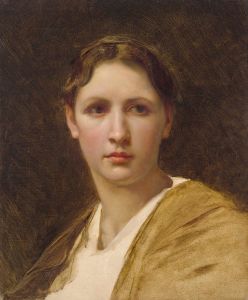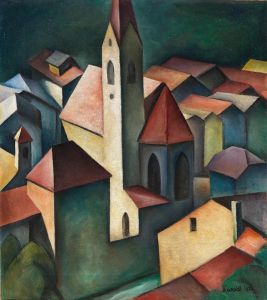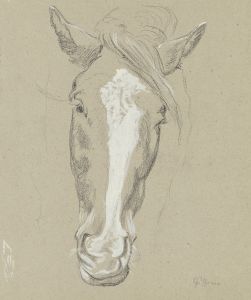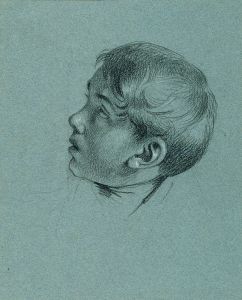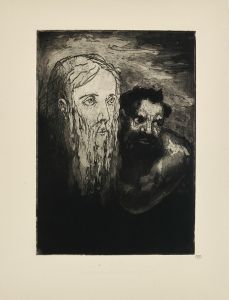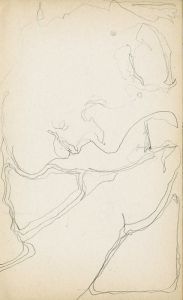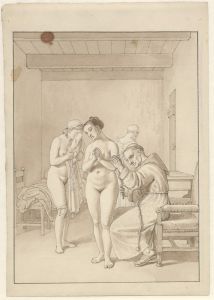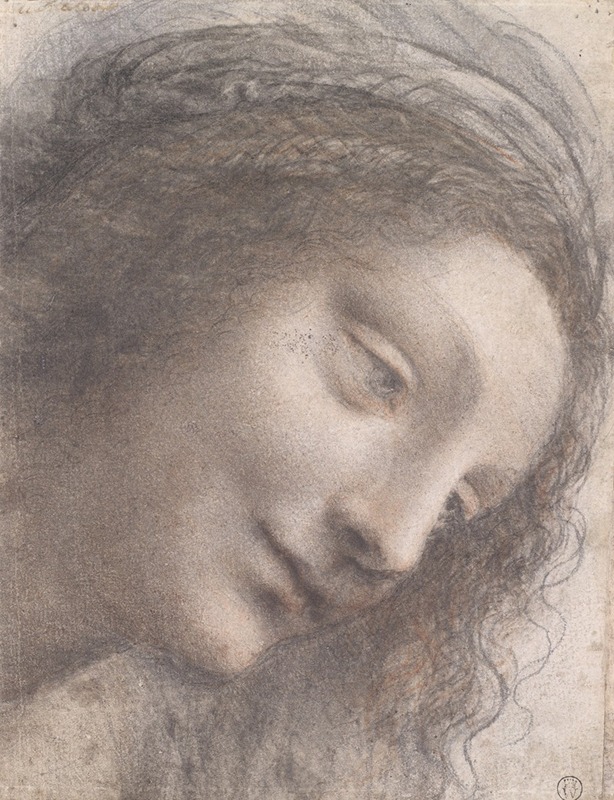
The Head of the Virgin in Three-Quarter View Facing Right
A hand-painted replica of Leonardo da Vinci’s masterpiece The Head of the Virgin in Three-Quarter View Facing Right, meticulously crafted by professional artists to capture the true essence of the original. Each piece is created with museum-quality canvas and rare mineral pigments, carefully painted by experienced artists with delicate brushstrokes and rich, layered colors to perfectly recreate the texture of the original artwork. Unlike machine-printed reproductions, this hand-painted version brings the painting to life, infused with the artist’s emotions and skill in every stroke. Whether for personal collection or home decoration, it instantly elevates the artistic atmosphere of any space.
"The Head of the Virgin in Three-Quarter View Facing Right" is a drawing attributed to the Italian Renaissance artist Leonardo da Vinci. This artwork is a study of the Virgin Mary, depicted in a three-quarter view with her head turned slightly to the right. The drawing is executed in silverpoint on prepared paper, a medium that Leonardo frequently used during his early career for its precision and delicacy. The work is notable for its subtle rendering of facial features and the soft, contemplative expression of the Virgin, which exemplifies Leonardo's mastery of capturing human emotion and anatomy.
The drawing is believed to have been created around the late 15th century, during Leonardo's time in Milan. It is often associated with preparatory studies for larger works, such as the "Virgin of the Rocks" or other compositions featuring the Virgin Mary. However, there is no definitive evidence linking this specific drawing to a particular painting. The meticulous detail and careful shading in the drawing reflect Leonardo's deep interest in naturalism and his study of light and shadow, techniques that would later become hallmarks of his artistic style.
Currently, the drawing is housed in the Biblioteca Reale in Turin, Italy, as part of its collection of Leonardo's works. It is considered an important example of Leonardo's draftsmanship and his approach to studying the human form. The piece is also valued for its insight into the artist's creative process, as it demonstrates his use of preparatory studies to refine his ideas and compositions.
As with many of Leonardo's works, the drawing has been the subject of scholarly analysis and admiration. Its attribution to Leonardo is widely accepted, though, as with many Renaissance drawings, questions of authorship occasionally arise in academic discussions. Despite this, the drawing remains a celebrated example of Leonardo's skill and his contribution to the art of the High Renaissance.
No further specific historical context or details about the creation of this drawing are documented, and its exact purpose remains uncertain.





